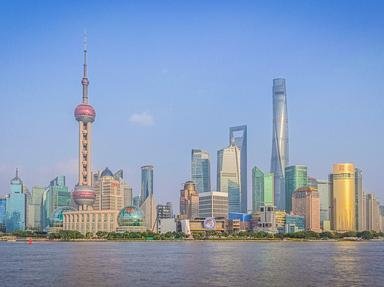Quiz Answer Key and Fun Facts
1. The most populous city of the United Arab Emirates, Dubai boasts two commercial ports, Port Rashid and Jebel Ali. Which of the following is one of Jebel Ali's claims to fame?
2. Mumbai was the most important port for India in the 19th and 20th centuries. Which of the following facts about this port city is NOT correct?
3. The executive and judicial capital of Sri Lanka, Colombo is one of the largest ports on the Indian Ocean. Which of these European colonial powers established a fortified trading post there in the early 16th century?
4. "The Port of Singapore is a free port, and the trade thereof is open to ships and vessels of every nation, equally and alike to all." Who made this important statement that set Singapore up to grow into the largest container transshipment hub in the world in 2020?
5. Not only is the Manila Galleon a ship, but it is also the name of a trade route that connected three continents.
6. Known for its role in the Vietnam War, Haiphong is located in the delta of what major river of Southeast Asia - whose name might remind you of a classic Western movie of the 1940s?
7. Hong Kong is the phonetic translation of "heung gong" in Cantonese, which literally translates into which of the following?
8. Busan is not the biggest city in the Republic of Korea, but it is the busiest Korean port. True or false?
9. Which city in Japan, its second-largest city and largest port, was a tiny fishing village in the 1850s?
10. Vladivostok is the biggest Russian city on the Pacific Coast. Which one of these is *NOT* true of this city?
Source: Author
LadyNym
This quiz was reviewed by FunTrivia editor
agony before going online.
Any errors found in FunTrivia content are routinely corrected through our feedback system.
